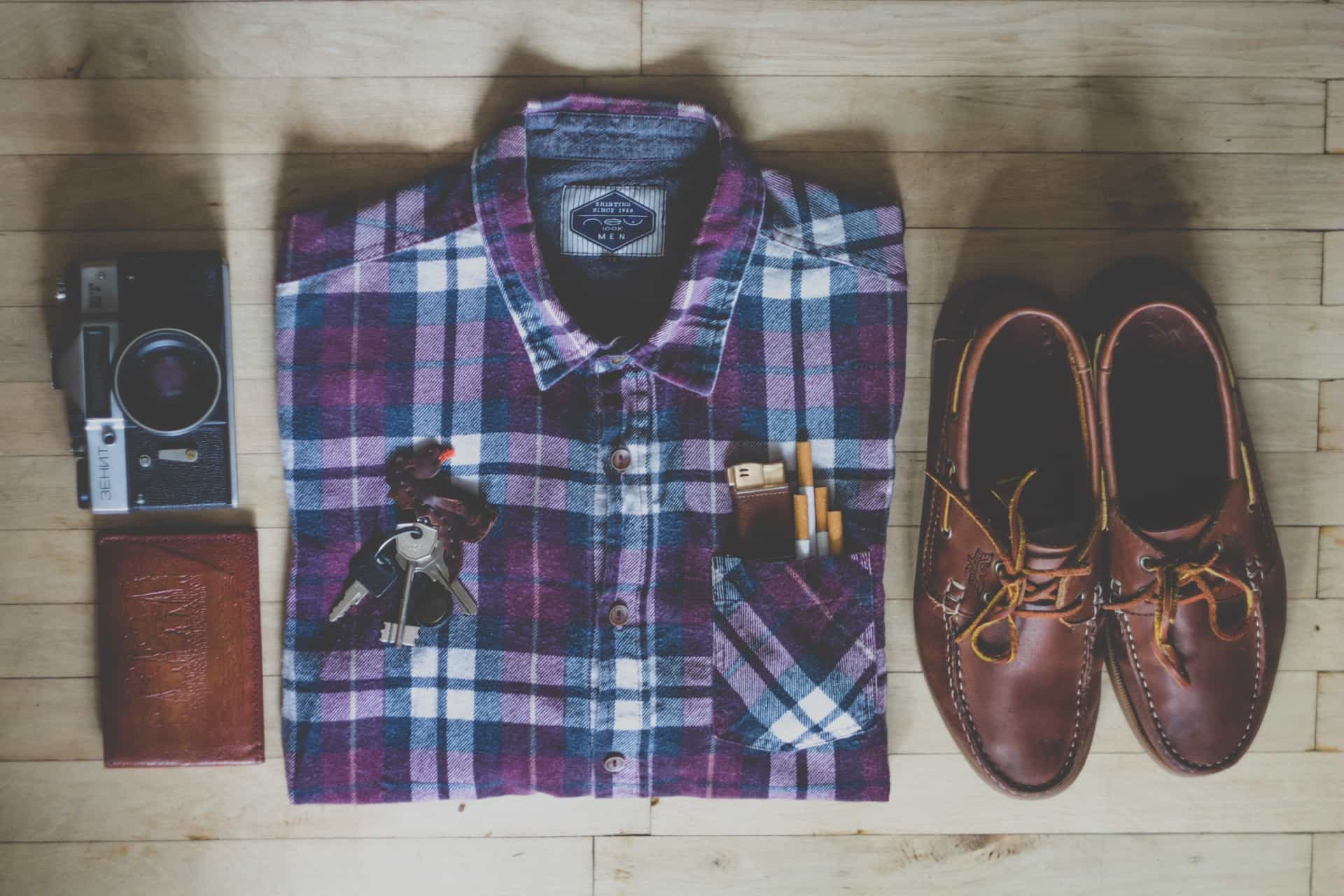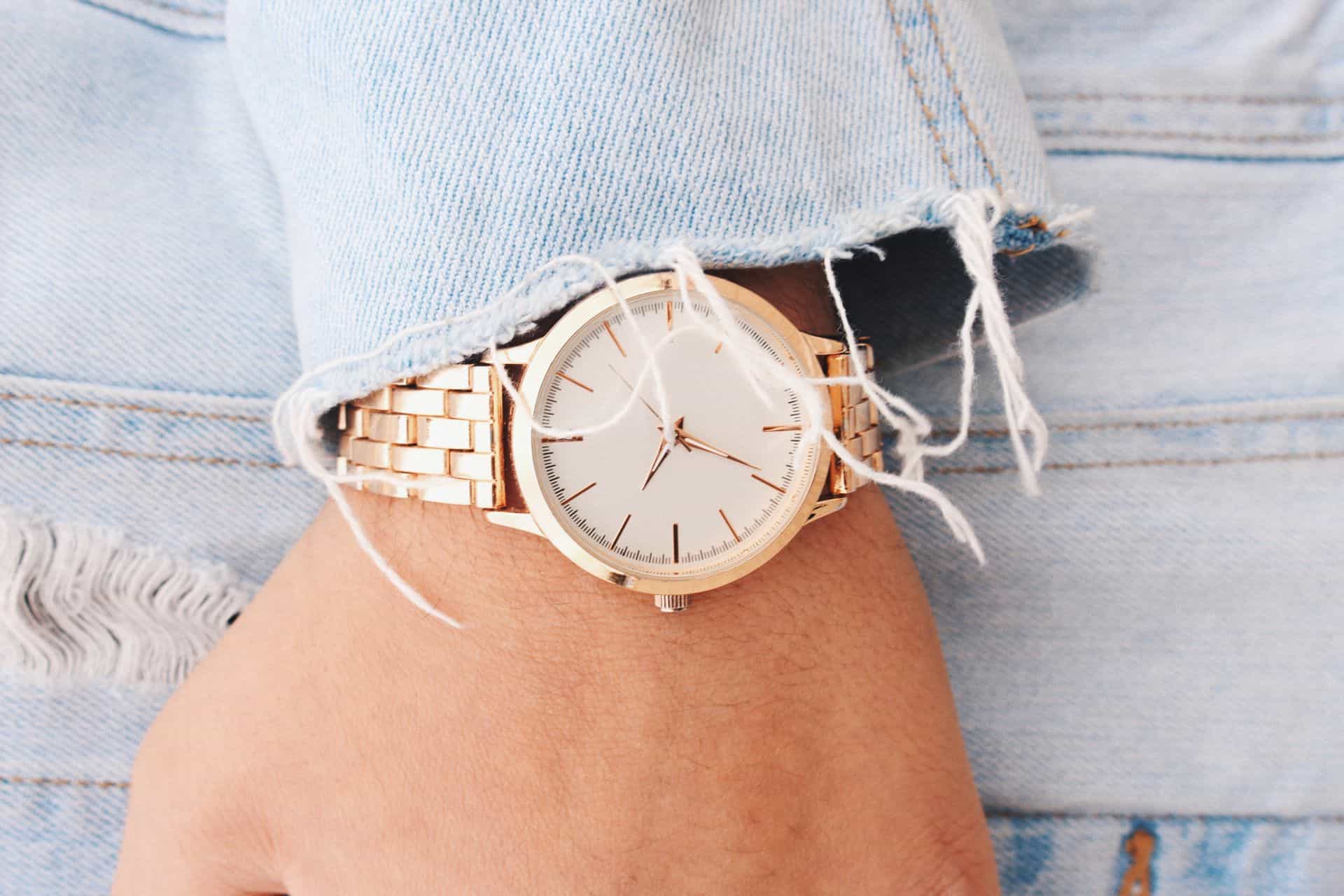
There was a time when the internet was used to exchange documents and to read up.
As the time passed, it has became a tool to communicate with, shop, influence people and even write online journals. When blogging started as part of an internet activity, it was more of one way communication. Then, interactive features were added making blogs more potent than ever. Readers’ comments on blogs helped spread the word from the horse’s mouth. Blogging is an important activity now, with popular bloggers influencing politics, fashion and every other sphere of society.
Fashion blogs have especially become a way to increase sales, understand customer sentiment and demand, improve product quality and understand future trends for both the buyers and brands. The addition of facilities like uploading photographs, viewers’ comments and queries, as well as expert opinions on a series of topics have opened up a new interactive platform for bloggers.
Strong hold on audience
In the past, fashion magazine editors, super models, designers and movie stars represented and influenced the fashion world. The modern world of fashion has evolved and it takes inspiration from everywhere – from casual street styles to elegant elite designs. Thus, the role of fashion bloggers who have a huge impact on what customers buy has become essential for new and old brands alike. Some fashion bloggers who started blogs as a hobby have made a full-fledged career out of it. It is not the formal degree that makes bloggers prominent, but it is the number of followers who read the blogs and then decide to buy their clothes.
Popular magazines have even carried editorials by bloggers as acceptance to change the scenario. Margaret Zhang of Shine by Three has done an editorial for Elle fashion magazine, while continuing with her blog and attending University lectures in Australia. According to professor of digital media and marketing at Carnegie Mellon University, Ari Lightman, “Some of the most successful bloggers use social channels for outreach and awareness. They understand the notion between popularity and influence – who is influential versus who’s popular. They will gauge that accordingly.”
Apart from the transition that the fashion industry has gone through, customers have also changed in terms of expectations. Two-way communication is the key to building customer loyalty and bloggers have an advantage of easily building a rapport with their followers. Bloggers, these days, freely post snapshots of events and parties, which help them earn more hits and followers. And though many magazines do not like the presence of bloggers at fashion events, some magazines like Lucky have started embracing the power of the bloggers. During New York Fashion Week September 2014, magazines organised special events for bloggers. Also, several fashion and lifestyle brands favour bloggers over magazines because of higher rates of engagement and buying.


